
Astronauts Tran Dong, Vuong Kiet and Tran Trung Thuy at the launch ceremony of the Shenzhou-20 space mission - Photo: REUTERS
According to the South China Morning Post , the China Manned Space Administration (CMSA) announced on November 5 that it would postpone plans to bring astronauts from the Shenzhou-20 mission back to Earth, after the spacecraft was said to have collided with small debris in space.
The agency said it is conducting an impact analysis and risk assessment following the incident.
"To ensure the safety and health of the astronauts, as well as the success of the mission, we have decided to postpone the return of the Shenzhou-20 spacecraft, which was scheduled for November 5," CMSA announced.
Previously, three astronauts, Tran Dong, Vuong Kiet and Tran Trung Thuy, had been in orbit since April and were expected to return to Earth at the Dongfeng landing site in Inner Mongolia Autonomous Region, northern China on November 5.
The incident occurred just days after the successor crew, the Shenzhou-21, joined the Tiangong Space Station. The handover ceremony for the space station keys took place on November 4.
There are currently two spacecraft docked at the Tiangong Station, of which the return ship Shenzhou-20 is believed to have been affected by the space debris collision.
According to Xinhua, the Dongfeng landing site has undergone several rounds of drills to prepare for receiving the crew, including testing the airborne search and rescue system, ground response, communication support, medical monitoring and rescue.
CMSA said there is an emergency rescue system designed to assist spacecraft visiting the space station.
Under this procedure, a backup spacecraft will always be in a state of emergency launch readiness, from the time the main spacecraft is launched until it returns to Earth.
Speaking last October, when asked about the delay in returning the crew members to Earth and the risk of space debris colliding with the Tiangong Station, CMSA spokesman Lin Xiqiang said China's space program puts astronaut safety first.
"Compared to the initial phase of the space station, the emergency response time of astronauts has now increased five times, significantly improving the safety level of both the station and humans," said Mr. Lam.
"In exceptional circumstances, astronauts can return to Earth earlier than planned using a spacecraft already in orbit. In addition, we can launch an emergency rescue spacecraft that is on standby," he added.
The Long March rocket and Shenzhou spacecraft are both on standby at the launch center. "If necessary, we can quickly launch rescue missions to ensure the absolute safety of the astronauts," Lam added.
Source: https://tuoitre.vn/trung-quoc-hoan-dua-phi-hanh-gia-tro-ve-trai-dat-nghi-do-manh-vo-khong-giant-va-cham-tau-vu-tru-20251105171448342.htm







![[Photo] Opening of the 14th Conference of the 13th Party Central Committee](https://vphoto.vietnam.vn/thumb/1200x675/vietnam/resource/IMAGE/2025/11/05/1762310995216_a5-bnd-5742-5255-jpg.webp)







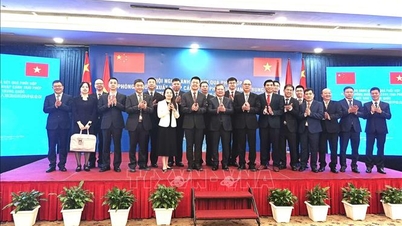








![[Video] Not Alone - Online Safety Day](https://vphoto.vietnam.vn/thumb/402x226/vietnam/resource/IMAGE/2025/11/05/1762347906381_sequence-0100-00-17-02still001-jpg.webp)
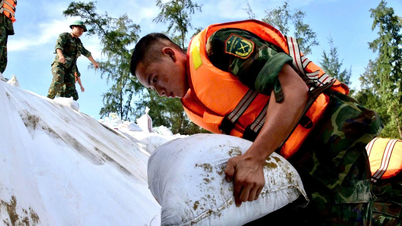









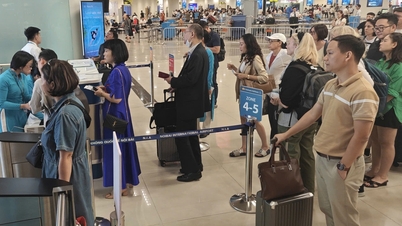
![[Photo] Panorama of the Patriotic Emulation Congress of Nhan Dan Newspaper for the period 2025-2030](https://vphoto.vietnam.vn/thumb/1200x675/vietnam/resource/IMAGE/2025/11/04/1762252775462_ndo_br_dhthiduayeuncbaond-6125-jpg.webp)

































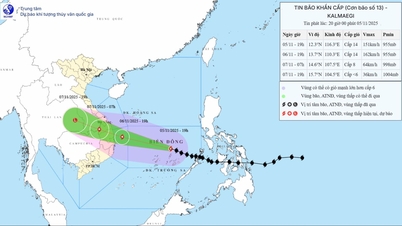

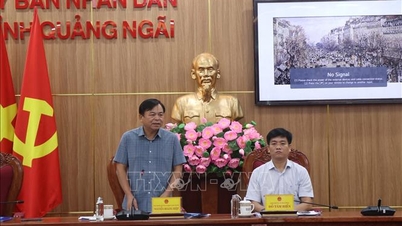


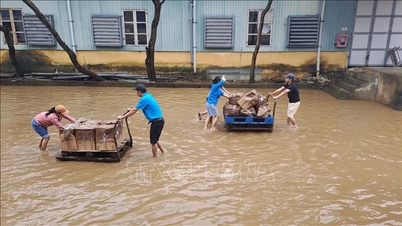


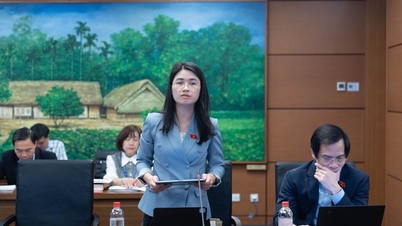


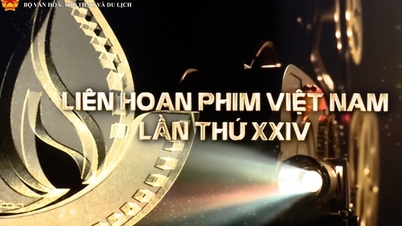

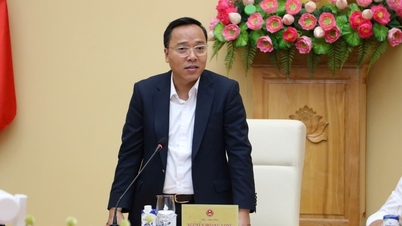

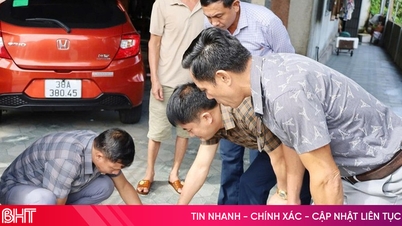



![[Motion Graphics] 5 notes when converting from lump-sum tax to declaration](https://vphoto.vietnam.vn/thumb/402x226/vietnam/resource/IMAGE/2025/11/06/1762381214740_fb_thoi-tiet-cms-1200x800-3.jpeg)
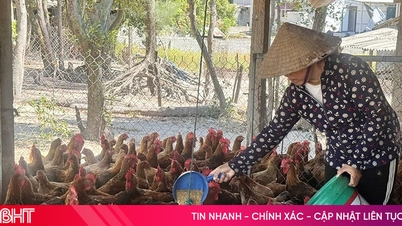
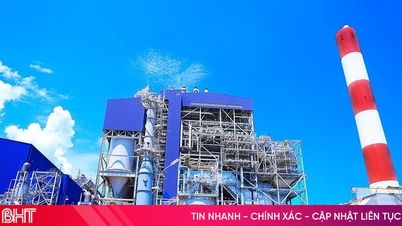
















Comment (0)